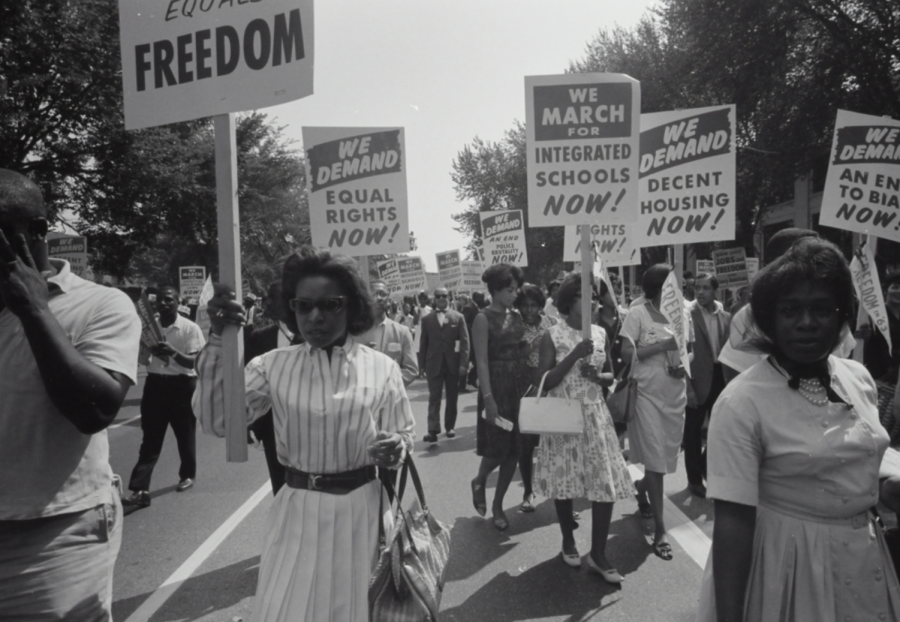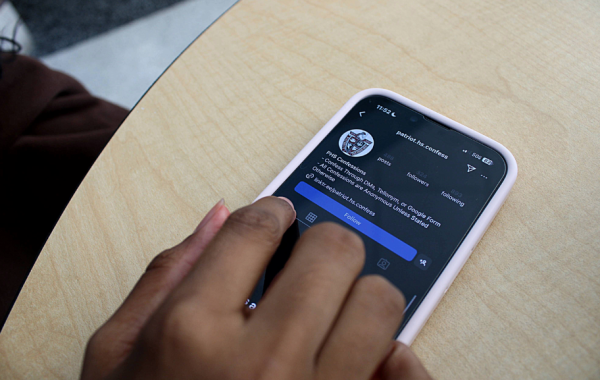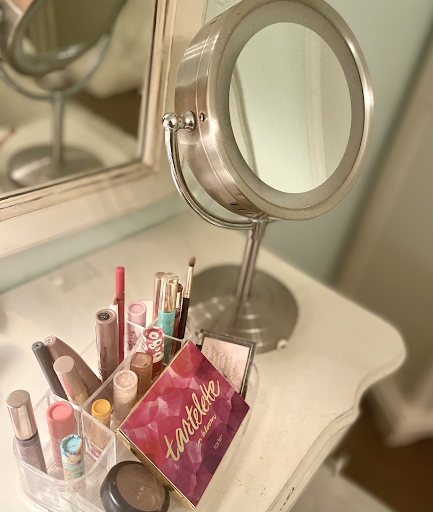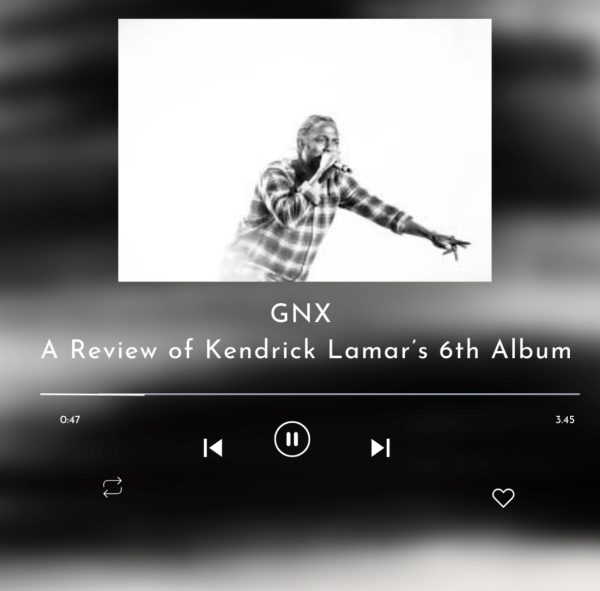Feminism is White and it Needs to Change

As little girls, we’re taught Susan B. Anthony and Elizabeth Cady Stanton are the reason we can vote as women – that’s not true. They’re the reason white women can vote.
The 19th amendment assured, “the right of citizens of the United States to vote shall not be denied or abridged by the United States or by any State on account of sex.” It neglected to mention and specify race, implicitly denying a person of color a vote.
What about the rest of us? What about the millions of Black, Asian, and Native American women? They couldn’t fairly cast a ballot until 1964 with the Civil Rights Act, 45 years after the 19th amendment was passed.
It’s still necessary to acknowledge Susan B. Anthony and Elizabeth Cady Stanton set the precedence for equality of the sexes. They dedicated and risked their lives for it, and because of them, America has come far in the battle for equality.
While today, American history has continued to celebrate the advancements towards feminism, it forgets to mention how so many of these advancements didn’t apply to women of color.
Merriam Webster defines feminism as the “belief in and advocacy of the political, economic, and social equality of the sexes expressed especially through organized activity on behalf of women’s rights and interests.” In short, Merriam Webster defines it as the fight for equal rights of the sexes. It’s a simple definition for a complex topic.
African American Student Association Secretary, Meredith Dada (‘22), says “I think [that definition] is really simple. It neglects a few micro things.”
She’s right. It neglects cultural values and traditions that aren’t associated with a white woman. Dada continues to describe that, “it’s not just [equal] opportunities. It’s the right to not be judged for wearing your hair a certain way, or wearing certain clothes, or talking a certain way, or [not] being addressed in like a derogatory term.” What Dada describes is not only acceptance, but long-awaited, and deserved respect.
Now in the 21st century, we watch popular females like Meredith Grey, who PopSugar describes as “the epitome of a feminist icon,” take charge on the screen, and Taylor Swift who has fought misogyny all her career take the stage. What both people have in common – they’re white.
American history and culture have proved this: feminism is white.
The American Psychological Association actually found that, “Black women are often less likely to be associated with the concept of a “typical woman” and are viewed as more similar to Black men than to White women.” As feminist movements today focus on a “typical woman,” which APA, through a study defines as, “much more similar to a typical White woman than a typical Black woman,” they don’t lead to much change in society for women of color.
Alice Walker, an author and activist, noticed this in 1979, and coined the term “womanism.” Merriam Webster defines this as “a form of feminism focused especially on the conditions and concerns of Black women.”
Walker had a different idea. She said, “womanist is to feminist as purple is to lavender.” She describes womanism as a strong, vibrant color, and feminism as a shade of that color. Either way it’s defined, what womanism is about is inclusion. It’s about acknowledging the pain and abuse Black women have endured for having darker skin and different a culture, like Dada mentioned.
While feminism fights sexism, womanism fights both sexism and racism, and that’s key to the start of a thriving society. The idea isn’t new. Womanism has been around for over 40 years, and yet we’re still only learning about and acknowledging white feminists. Evident by Merriam Webster’s current definition of womanism, even when we acknowledge it, it’s not approached appropriately.
It’a important to understand that reformers such as Susan B. Anthony and Elizabeth Cady Stanton are the biggest reasons for the 19th amendment; it’s just as important to understand that they stepped on and pushed aside marginalized groups to do so.
It’s crucial that we also start seeing more posters of Alice Walker, Ida B. Wells, and Sojourner Truth on our classroom walls. We need to shift our attention to womanism to understand the beautiful complexity of color and gender in order to create more powerful movements for true and full equality and equity.
Your donation will support the student journalists of Patriot High School. Your contribution will allow us to purchase equipment and cover our annual website hosting costs.







